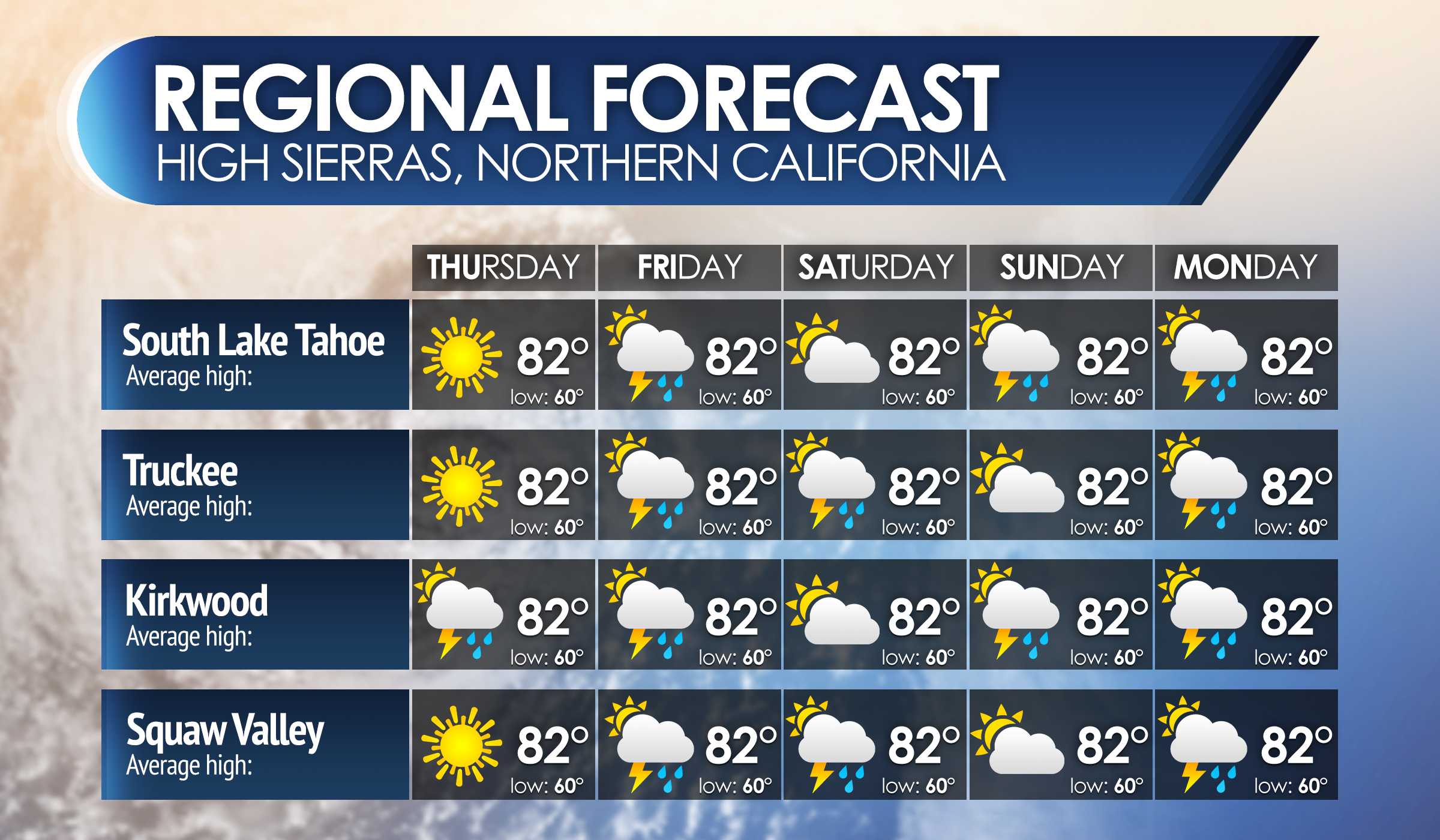The scenic beauty of Santa Barbara County, with its rolling hills, stunning coastline, and picturesque towns, can sometimes be marred by the threat of wildfires. As a resident or visitor, it’s essential to stay informed about the latest fire safety updates and take proactive steps to protect yourself, your loved ones, and your property. In this article, we’ll delve into the world of wildfire prevention, preparedness, and response in Santa Barbara County, providing you with expert insights, practical tips, and valuable resources to help you navigate this critical issue.
Understanding the Risk: Santa Barbara County’s Fire Profile
Santa Barbara County, like much of California, is prone to wildfires due to its dry climate, strong winds, and abundant vegetation. The region’s unique geography, with its mix of coastal areas, mountains, and valleys, creates a complex fire environment that demands attention and preparedness from both residents and visitors. According to data from the Santa Barbara County Fire Department, the area experiences an average of 100 wildfires per year, with the majority being sparked by human activity, such as arson, accidental ignition from cigarettes or equipment, and uncontrolled brush burning.
Staying Informed: The Key to Fire Safety
In the face of this risk, staying informed is your best defense. Santa Barbara County offers several resources to keep you updated on fire conditions and safety measures: - Emergency Alerts: Sign up for the county’s emergency alert system to receive timely notifications about wildfires, evacuations, and other critical safety information. This service is free and can be customized to fit your needs, ensuring you receive the alerts that matter most to you. - Local News: Follow local news outlets and the Santa Barbara County Fire Department’s social media accounts for the latest on fire incidents, containment efforts, and safety advice. These sources often provide real-time updates, helping you stay ahead of the situation. - Air Quality Index: Check the air quality index, especially during fire seasons, to protect your health. This is particularly important for individuals with respiratory conditions, as poor air quality can exacerbate symptoms.
Preparing Your Home and Family
Preparation is the cornerstone of fire safety. Here are steps you can take to protect your home and family: - Defensible Space: Create a defensible space around your home by clearing flammable materials and vegetation. This not only reduces the risk of your home catching fire but also provides a safe zone for firefighters to work in. Aim for a minimum of 30 feet of clearance, and consider hiring a professional if you’re unsure about how to proceed. - Emergency Kit: Assemble an emergency kit with essentials like water, non-perishable food, first aid supplies, and a battery-powered radio. Don’t forget to include important documents, such as insurance policies and identification, in a fireproof safe or a secure online storage service. - Evacuation Plan: Develop a family evacuation plan, including a safe meeting point outside the fire area. Practice this plan regularly, especially if you have children or pets, to ensure everyone knows what to do in case of an emergency.
Community Efforts: Collective Action for Fire Safety
The fight against wildfires is a community effort. Santa Barbara County residents and visitors can contribute to fire safety through collective action: - Volunteer Opportunities: Look for volunteer opportunities with local fire departments or organizations focused on fire prevention and mitigation. Not only does this help strengthen community bonds, but it also provides valuable skills and knowledge that can be applied in emergency situations. - Fire Safety Education: Participate in fire safety education programs to learn more about prevention and response. These programs often cover topics such as fire behavior, evacuation techniques, and emergency communication, providing attendees with a comprehensive understanding of fire safety. - Neighborhood Watch: Organize or participate in a neighborhood watch program to monitor for fire hazards and report them to authorities. This proactive approach can help prevent fires before they start, protecting not just your property but your entire community.
Financial Assistance and Support
Recognizing the economic impact of wildfires, Santa Barbara County and various organizations offer financial assistance and support to affected residents and businesses: - Insurance Coverage: Review your home and business insurance policies to understand your coverage for fire damages. Don’t hesitate to reach out to your insurance provider if you have questions or concerns about your policy. - Government Aid: Eligible individuals and businesses may qualify for government aid, including low-interest loans and grants for recovery efforts. These programs can provide critical financial support during a difficult time, helping you get back on your feet. - Non-Profit Assistance: Local non-profits may offer additional resources, such as temporary housing and food assistance. These organizations often rely on donations and volunteers, so consider contributing if you’re able.
Looking to the Future: Innovative Solutions for Fire Safety
As technology advances, innovative solutions are being developed to enhance fire safety and prevention: - Wildfire Detection Systems: Advanced detection systems, including satellite imaging and AI-powered sensors, are being implemented to quickly identify and respond to new fires. These systems can provide critical minutes or even hours of warning, giving firefighters a head start in combating the blaze. - Prescribed Burning: Controlled burns are used to reduce fuel loads in high-risk areas, minimizing the potential for catastrophic wildfires. This approach not only helps prevent large fires but also promotes ecosystem health by mimicking natural fire cycles. - Fire-Resistant Materials: The development and use of fire-resistant materials in construction can significantly reduce the risk of homes igniting during wildfires. Look for products with fire-resistant ratings, and consider retrofitting your existing home with these materials if possible.
Conclusion: Empowered Through Knowledge
Empowered with knowledge and a proactive approach, you can significantly reduce the risk of wildfires impacting your life in Santa Barbara County. Remember, fire safety is a collective responsibility, requiring the effort and vigilance of every member of the community. By staying informed, preparing your home and family, contributing to community efforts, and embracing innovative solutions, you play a crucial role in protecting this beautiful region for future generations.
FAQ Section
How do I stay updated on wildfires in Santa Barbara County?
+To stay updated, sign up for the county’s emergency alert system, follow local news and the fire department’s social media, and regularly check the official Santa Barbara County website for the latest information on wildfires, evacuation orders, and safety measures.
What are the most common causes of wildfires in Santa Barbara County?
+The most common causes of wildfires in Santa Barbara County include human activity such as arson, accidental ignition from cigarettes or equipment, and uncontrolled brush burning. Natural causes, like lightning, also play a role but are less common in the area.
How can I protect my home from wildfires?
+To protect your home, create a defensible space by clearing flammable vegetation and materials around your property. Use fire-resistant materials in construction and landscaping, and ensure your home is equipped with fire safety features such as screened vents and a fire-resistant roof.
What should I include in my emergency kit?
+Your emergency kit should include essentials like water (at least 1 gallon per person per day), non-perishable food, first aid supplies, a battery-powered radio, important documents, and a change of clothing. Don’t forget to include any personal or prescription medications and consider the needs of pets and infants.
How can I contribute to fire safety in my community?
+Contribute to fire safety by volunteering with local fire departments, participating in fire safety education programs, and organizing or participating in neighborhood watch programs to monitor for and report fire hazards. You can also support local efforts by donating to organizations focused on fire prevention and recovery.
What financial assistance is available for wildfire victims?
+Eligible individuals and businesses affected by wildfires may qualify for government aid, including low-interest loans and grants. Additionally, non-profit organizations offer various forms of assistance, such as temporary housing, food, and emotional support. Review your insurance policies for coverage, and don’t hesitate to reach out to these resources for help.


